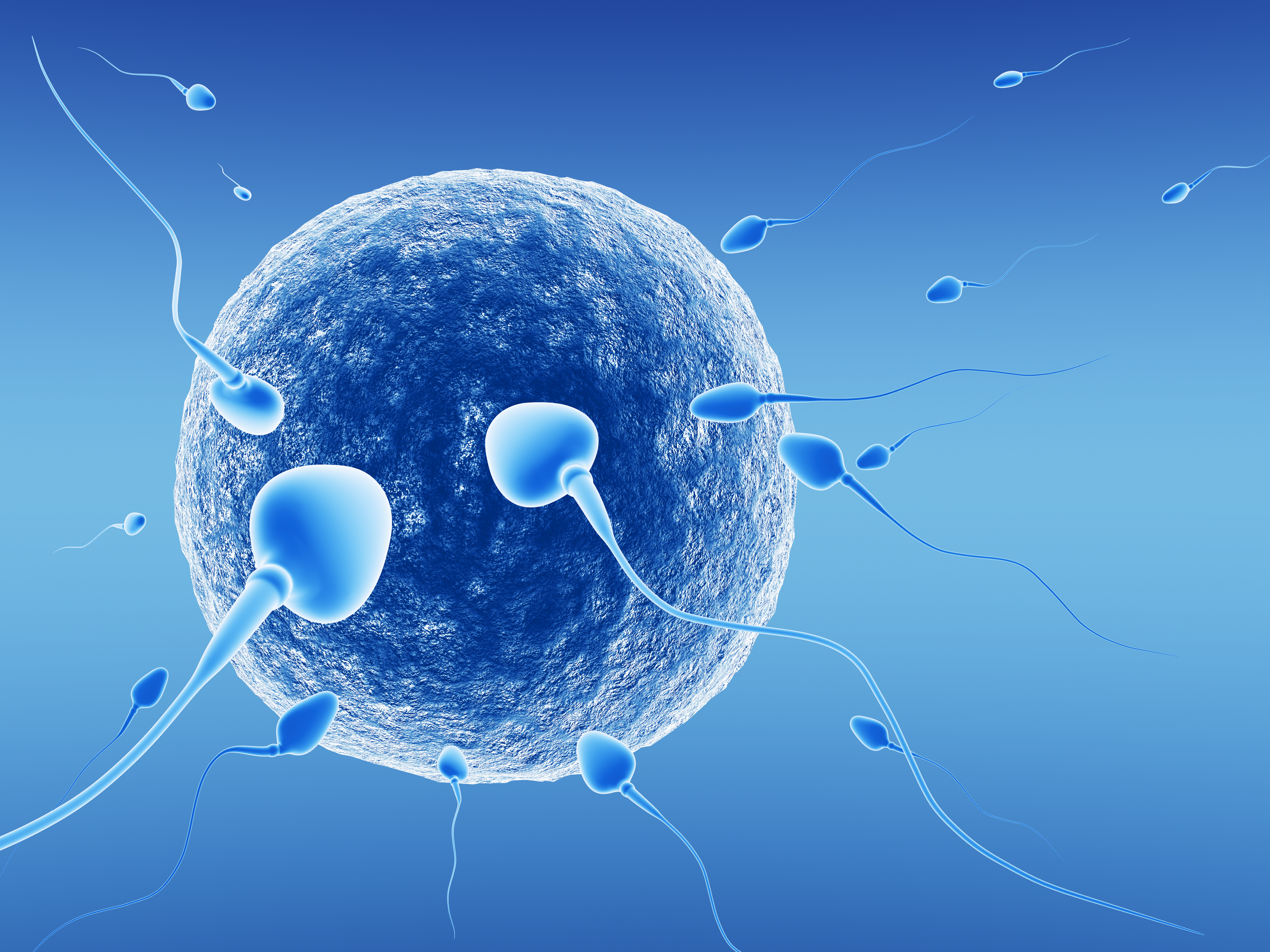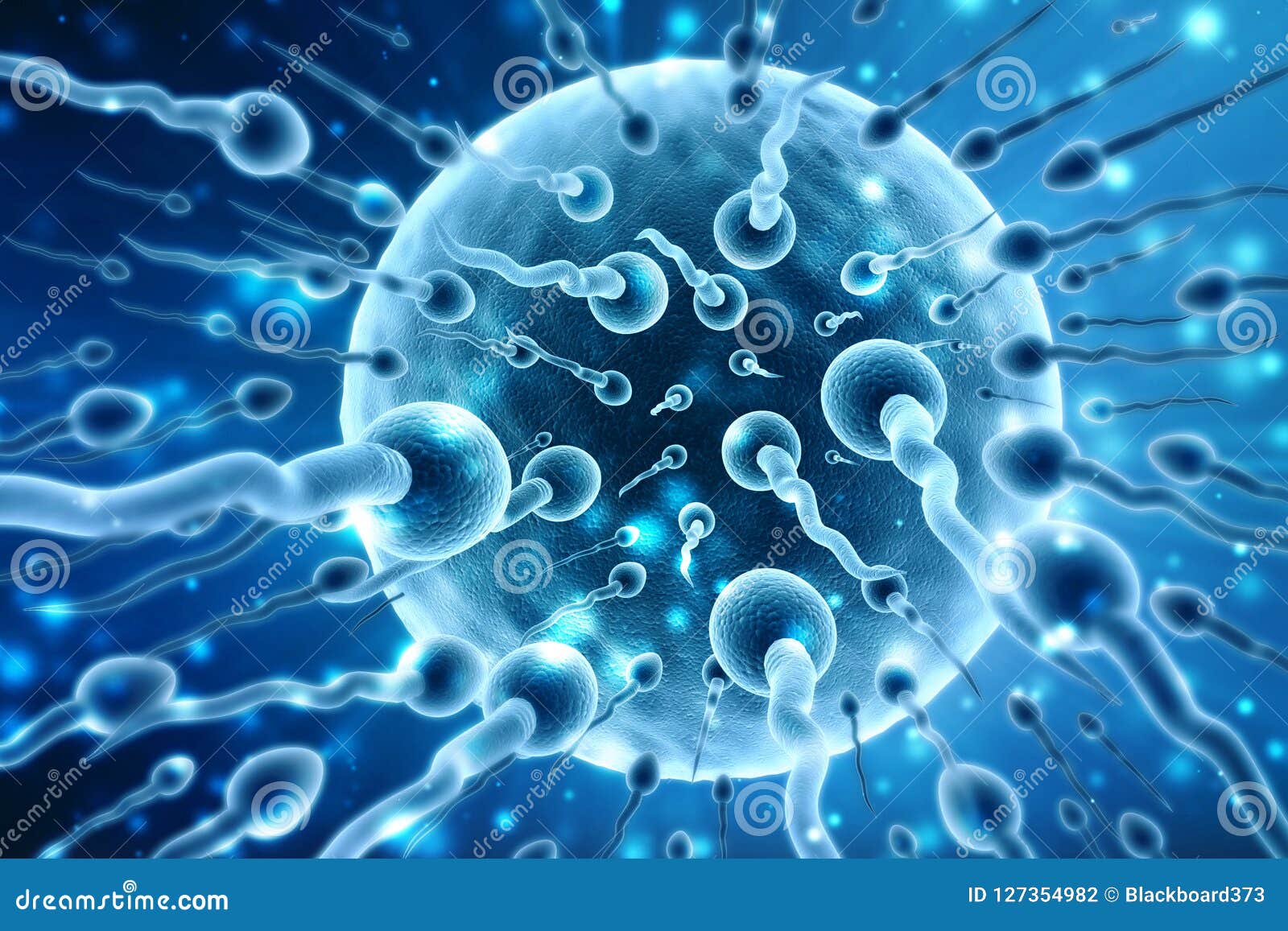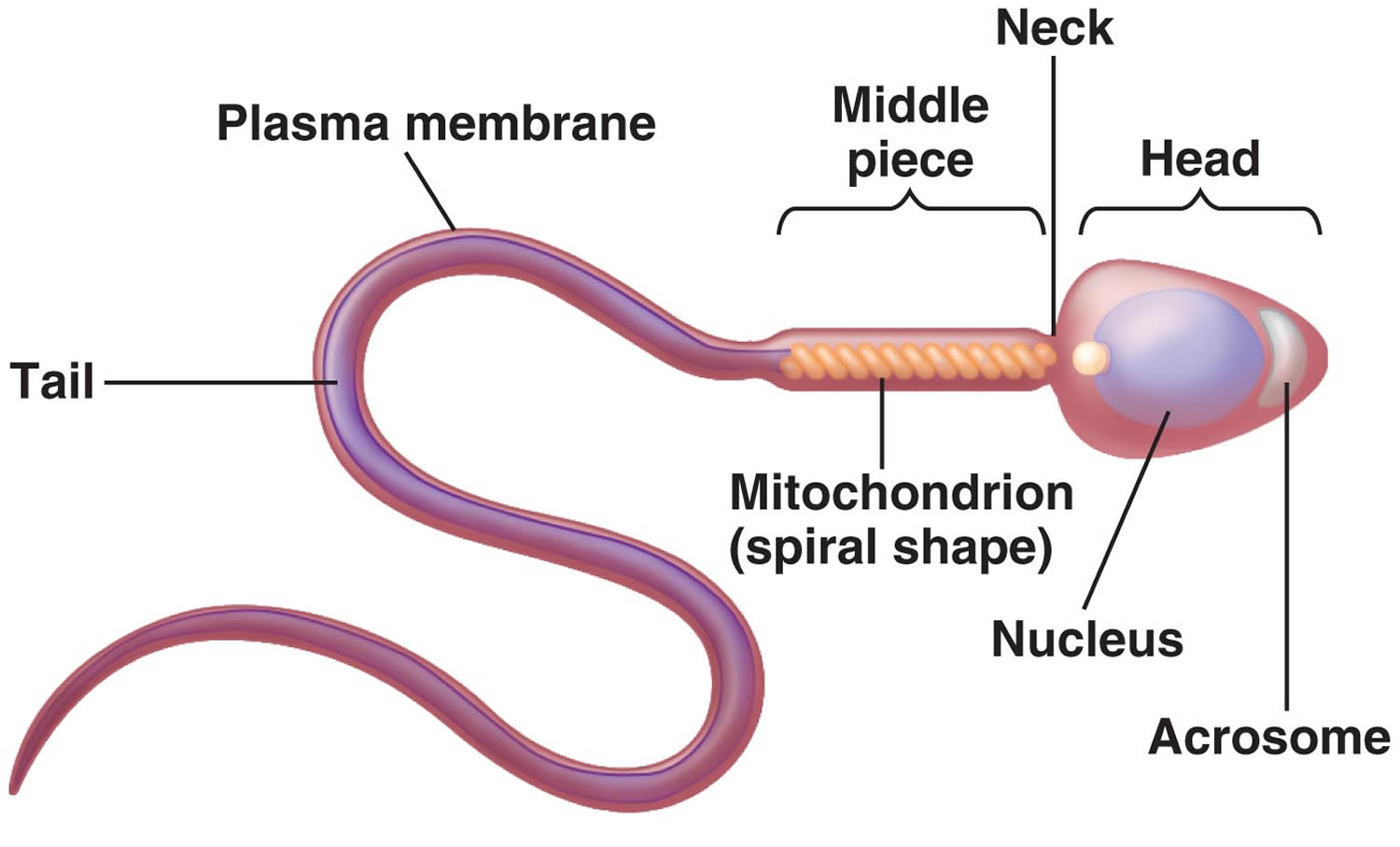The Human Side Of A Sperm Donation Story: Real Experiences And What It Means
Building a family, you know, is a truly deeply personal dream for so many people. It's a journey that often takes unexpected turns, and sometimes, for some, it involves a helping hand. This is where a sperm donation story becomes incredibly important. It's not just about biology; it's about hope, generosity, and the beautiful ways lives connect. So, too, understanding these stories helps us appreciate the different paths families take.
Many folks might have questions about sperm donation, like how it works or what it feels like for everyone involved. We often hear about the science, which is fascinating, but the human side, the real-life experiences, are just as compelling. This kind of gift allows dreams of parenthood to come true, offering a chance for individuals and couples to have children they might not otherwise have.
Today, we're going to explore what a sperm donation story truly means. We'll look at the science, yes, but mostly we'll focus on the personal journeys, the feelings, and the lasting impact this act of kindness creates. It’s a very significant topic, you see, with so many layers to it.
Table of Contents
- What is Sperm Donation, Really?
- The Science Behind It: A Closer Look at Sperm
- Why Someone Might Share Their Story
- The Path of a Donor: What It Is Like
- Receiving a Gift: The Recipient's Perspective
- The Bigger Picture: Impact and Connection
- Questions People Often Ask
What is Sperm Donation, Really?
At its heart, sperm donation is a generous act where a man provides his reproductive cells to help others create a family. It's a very big decision, for sure, and it helps single individuals or couples who face fertility challenges. This could be due to male infertility, or it might be for single women, or for same-sex female couples who want to have children. So, it's pretty clear, this process offers a path to parenthood that might otherwise be closed off.
The actual donation process is quite regulated, you know, with strict health screenings and guidelines to keep everyone safe. Donors typically remain anonymous, though some programs allow for identity-release options when the child turns a certain age. It's a very personal choice, and it has a profound impact on many lives, actually. This whole system helps bring new life into the world, which is pretty amazing when you think about it.
The Science Behind It: A Closer Look at Sperm
To truly appreciate a sperm donation story, it helps to understand a little about the tiny cells at the center of it all. Sperm, or sometimes called sperms, is the male reproductive cell. It's a gamete, which means it's a specialized cell used in sexual reproduction, particularly in forms where there's a larger female cell and a smaller male one. This is pretty fundamental stuff, you know, for how life begins.
My text says, "Sperm sperm are male sex cells with three main parts: A head, midpiece and tail." Each part has a specific job. The head holds the genetic material, the midpiece provides energy, and the tail helps it move. It's a very efficient design, actually, built for a single purpose: to reach and fertilize an egg. These tiny structures are, in a way, little biological marvels.
The Tiny Builders: What Sperm Are
As we mentioned, sperm cells are the male contribution to reproduction. They are, in a way, like tiny messengers carrying half of the genetic code needed to create a new human. My text points out that "Your body releases tens of millions of sperm when." This sheer number shows how incredible the male reproductive system is. It's a very active system, producing a vast quantity of these cells.
There are, it seems, still huge gaps in what we know about sperm, from how they move around to why sperm counts are going down. The BBC, for example, has talked about why we know so little about this confusing cell. It’s a very complex area of study, and scientists are always learning more. This lack of complete knowledge makes the ongoing research very important, don't you think?
Where They Come From: The Body's Factory
So, where do these millions of sperm come from? My text explains that "Sperm are produced in the testicles." This happens within very tiny tubes called seminiferous tubules. It’s an ongoing process, as the testicles keep making them. Males typically start to produce sperm around puberty, and this production continues throughout much of their lives. It's a pretty steady factory, actually, working day in and day out.
Once sperm cells reach maturity, they are moved to the epididymis. This is where they gain the ability to move, which is called motility, and where they are stored until ejaculation. This storage is, you know, very important for male reproduction. When a man is stimulated for sexual activity, the sperm are mixed with seminal fluid, a whitish liquid made by the seminal vesicles and the prostate gland, to form semen. This fluid helps the sperm survive and travel. You can learn more about male reproductive health on our site, which is pretty helpful.
Life After Ejaculation: A Brief Moment
Once sperm are released, their lifespan outside the body is quite limited. My text says, "Under ideal conditions, sperm lives for days after ejaculation from intercourse." This article, you know, looks at sperm motility and how it affects sperm lifespan. The conditions within the female reproductive tract are generally more favorable for sperm survival than outside the body. It's a very specific environment they need to thrive in.
The journey for sperm is quite challenging, with many obstacles to overcome to reach an egg. This process is, in a way, a race against time and odds. Understanding these facts about sperm and male fertility helps us appreciate the biology behind successful conception, whether it happens naturally or through assistance like sperm donation. It's pretty amazing, actually, what these tiny cells can do.
Why Someone Might Share Their Story
A sperm donation story isn't just about the science; it's about the deep human reasons behind it. Donors often feel a strong desire to help others. Some have friends or family who have struggled with infertility, and they see firsthand the pain it can cause. So, they might feel a personal calling to offer assistance. It's a very selfless act, you know, to give a part of yourself for someone else's dream.
For some donors, it's also about leaving a legacy or feeling a sense of purpose. Knowing they have helped create a family can be incredibly rewarding. It’s a unique way to contribute to the world, actually, in a very meaningful way. There are different motivations, of course, but a common thread is the wish to make a positive impact on someone else's life. This kind of generosity truly touches many hearts.
The Path of a Donor: What It Is Like
Becoming a sperm donor involves a careful and detailed process. It begins with a comprehensive screening, which includes medical history, genetic testing, and psychological evaluations. This is, you know, to ensure the donor is healthy and that their donation is safe for potential recipients. It's a very thorough process, actually, designed to protect everyone involved.
Donors typically visit a clinic regularly to provide samples. This might be a bit of a commitment, as they need to follow specific guidelines to ensure the quality of the donation. My text, for example, talks about the fascinating process of how sperm is created in the male body, and donors are essentially participating in the later stages of this biological wonder. It's a very structured approach, which helps maintain high standards.
Emotionally, a donor's sperm donation story can be quite varied. Some feel a quiet satisfaction, knowing they've helped someone. Others might think about the children born from their donation, wondering about their lives. It’s a unique experience, and donors often process their feelings over time. This path is, in a way, a quiet act of profound kindness, affecting lives far beyond their immediate circle.
Receiving a Gift: The Recipient's Perspective
For recipients, a sperm donation story is often one of immense hope and relief. Many have faced years of trying to conceive, dealing with disappointment and heartache. The decision to use donor sperm is a very big step, often filled with mixed emotions. There's excitement, yes, but sometimes a little sadness for the path they couldn't take. It's a truly complex emotional journey, you know.
The process of choosing a donor can be very personal, as recipients often look at various characteristics, like health information, interests, and sometimes even physical traits. It’s about finding someone who feels right, someone who can help them build their family. The moment of a successful pregnancy, thanks to a donation, is often described as pure joy and overwhelming gratitude. This feeling, you know, is pretty much unmatched.
Raising a child conceived through donor sperm brings its own set of considerations. Parents often think about how and when to tell their child about their origins. It's a conversation that requires thought and sensitivity, you see, to foster an open and honest family environment. The love for the child, however, is exactly the same as for any other child, which is pretty clear. This is, in a way, just another beautiful way families come together.
The Bigger Picture: Impact and Connection
A sperm donation story stretches beyond the individual donor and recipient. It creates new families, expands communities, and, in a way, changes the fabric of society. These stories highlight the many different forms a family can take, showing that love and connection are what truly matter. It's a very modern approach to family building, actually, and it's becoming more accepted.
In this day and age, there's growing openness about donor conception, which helps reduce any stigma that might have existed. Sharing these personal accounts helps others understand the process better and feel less alone in their own journeys. It’s a very positive step, you know, towards a more inclusive view of what makes a family. This kind of transparency helps everyone feel more comfortable and informed.
The impact of a single donation can, quite literally, echo through generations. A child born from donor sperm grows up, perhaps has their own children, and so on. It’s a pretty profound chain reaction, actually, all starting with one generous act. This whole process is a testament to human kindness and the enduring desire to create and nurture life. You can learn more about fertility options on this page, which is very helpful.
Questions People Often Ask
People often have many questions about sperm donation, which is completely understandable. Here are some common ones:
Is sperm donation safe?
Yes, sperm donation is generally considered very safe for both the donor and the recipient. Donors go through very strict health screenings, including tests for genetic conditions and infectious diseases. These tests are, you know, regularly updated to meet current medical standards. This careful process helps to minimize any risks involved, which is pretty reassuring.
How are sperm donors chosen?
Sperm donors are chosen based on a variety of factors. They must meet specific age requirements, typically between 18 and 40. They also undergo extensive medical evaluations, genetic testing, and psychological assessments. Donors usually have to provide a detailed personal and family medical history. This careful selection process is, in a way, designed to ensure the health and suitability of the donation. It's a very thorough process, actually.
Can a sperm donor remain anonymous?
Many sperm donation programs offer options for anonymity, where the donor's identity is not revealed to the recipient or the child. However, some programs also offer "identity-release" options, where the donor agrees to be contacted by the child once they reach a certain age, usually 18. The choice depends on the clinic's policies and the donor's preference. It’s a very personal decision, you know, with different considerations for each person.

Sperm Cell And Egg Cell

Sperm Cell Photo

Human Testicles - Anatomy, Inside Structure, Function and Location